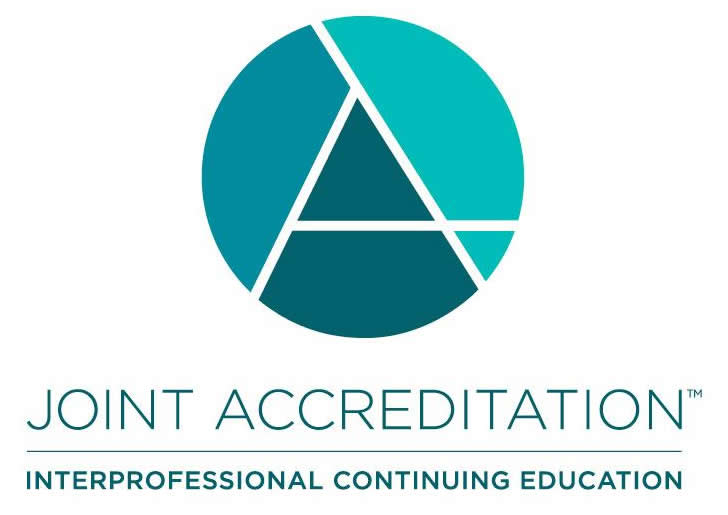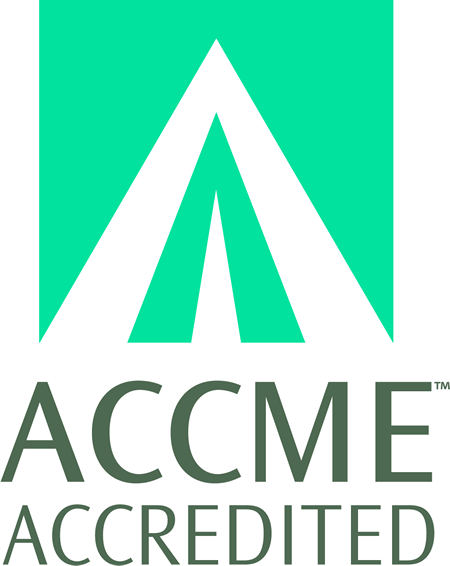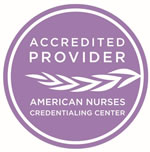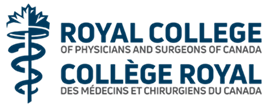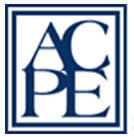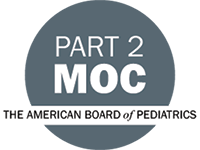
COURSE CREDITS & HOURS
14 CE Credits for Psychologists14 ASWB ACE Credits
14 AMA PRA Category 1 Credits™
14 ACPE Credits
14.0 Contact Hours
14 MOC (Part II) points in the American Board of Pediatrics' (ABP) Maintenance of Certification (MOC) program
COURSE FEES
TARGET AUDIENCE
PROGRAM PURPOSE
- Pediatric Anxiety and Depression: Signs, Symptoms, and Treatment
- Describe mental health and mental illness
- Recognize signs and symptoms of anxiety/depression
- Outline evidence-based interventions for anxiety and depression
- List other strategies caregivers can use to help their child with mental illness
- Biofeedback: What is it and how can it help the kids I treat?
- Define biofeedback
- Describe relaxation strategies to practice while using biofeedback
- Identify barriers/challenges to biofeedback
- Essentials of Cognitive Behavioral Therapy in Youth
- Define CBT
- Identify key components of CBT
- Recognize common thinking errors
- Describe basic CBT techniques
- Best Practices in Gender Affirming Care
- Reviewing affirming terminology & language
- Explaining gender development
- Discussing social & medical interventions
- Managing Chronic Pain in Youth: A Biopsychosocial Approach
- Recognize differences between acute and chronic pain conditions
- Describe how psychology is used in the treatment of chronic pain
- Understand non-pharmacological pain management strategies
- Gain an appreciation for this population and working with these families
- Recommendations and Parental Strategies for Kids Screen Time
- Recognize recommended screen time limits throughout development
- List 5 risks of excessive and unmonitored screen time
- Describe 5 strategies parents can use to regulate screen time
- Surveillance and Screening of Autism Spectrum Disorder
- Identify signs that a child may have ASD
- Understand ASD diagnostic criteria
- Become familiar with screening instruments for ASD
- Male Urological Emergencies
- Discuss time-related caveats in management of testicular torsion and renal colic
- CNS infections
- Discuss timing and alternatives to lumbar puncture in cases of suspected CNS infections
- Allergy and Anaphylaxis
- Appreciate the role of early epinephrine administration and early airway management in acute anaphylaxis and angioedema
- Abdominal pain and trauma
- Identify the limitations of physical exam and imaging studies in excluding some important abdominal pathologies
- Airway Management
- Discuss importance of preparation and pretreatment for successful airway management
- Manage airway in a variety of emergencies
- ENT emergencies
- Recognize and manage certain ENT emergencies with focus on rational and safe care
- Effectively manage common maladies such as epistaxis and recognize uncommon ones such as mucor
- Anticholinergics and organophosphates
- Discuss approach and management of intentional and iatrogenic anticholinergic and cholinergic toxicity
- Enable recognition of appropriate toxidromes, decontamination, and resuscitation










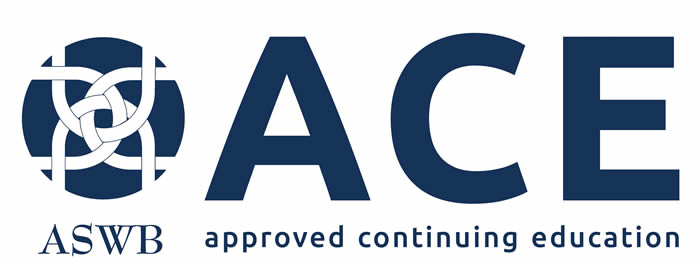 Credit Designation for Social Workers: As a Jointly Accredited Organization, Continuing Education, Inc is approved to offer social work continuing education by the Association of Social Work Boards (ASWB) Approved Continuing Education (ACE) program. Organizations, not individual courses, are approved under this program. Regulatory boards are the final authority on courses accepted for continuing education credit. Social workers completing this course receive 14 Clinical continuing education credits.
Credit Designation for Social Workers: As a Jointly Accredited Organization, Continuing Education, Inc is approved to offer social work continuing education by the Association of Social Work Boards (ASWB) Approved Continuing Education (ACE) program. Organizations, not individual courses, are approved under this program. Regulatory boards are the final authority on courses accepted for continuing education credit. Social workers completing this course receive 14 Clinical continuing education credits.
